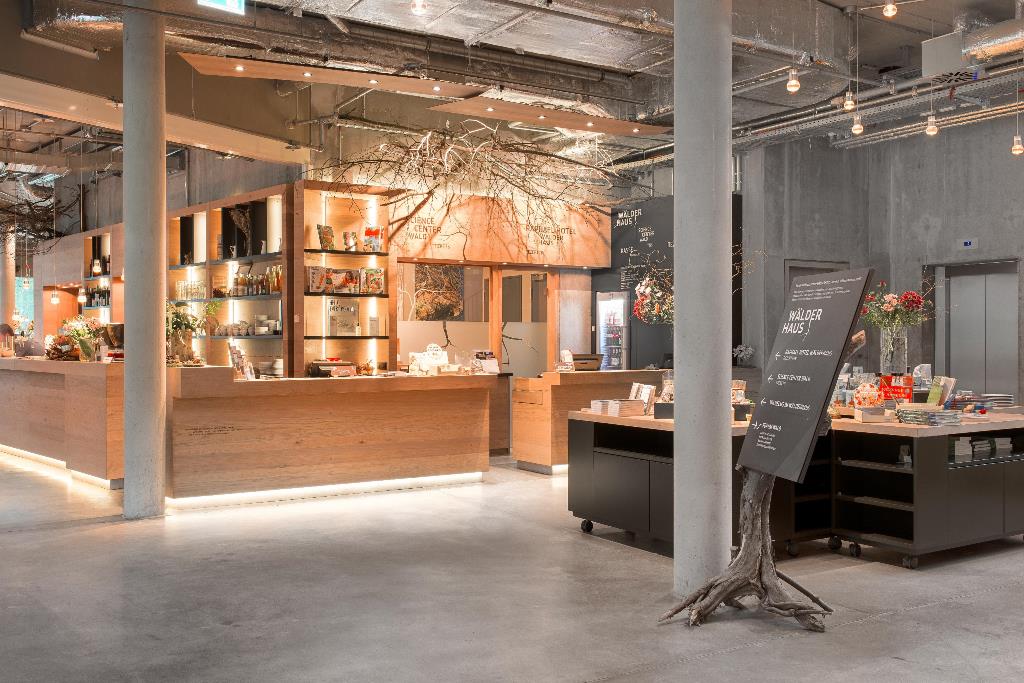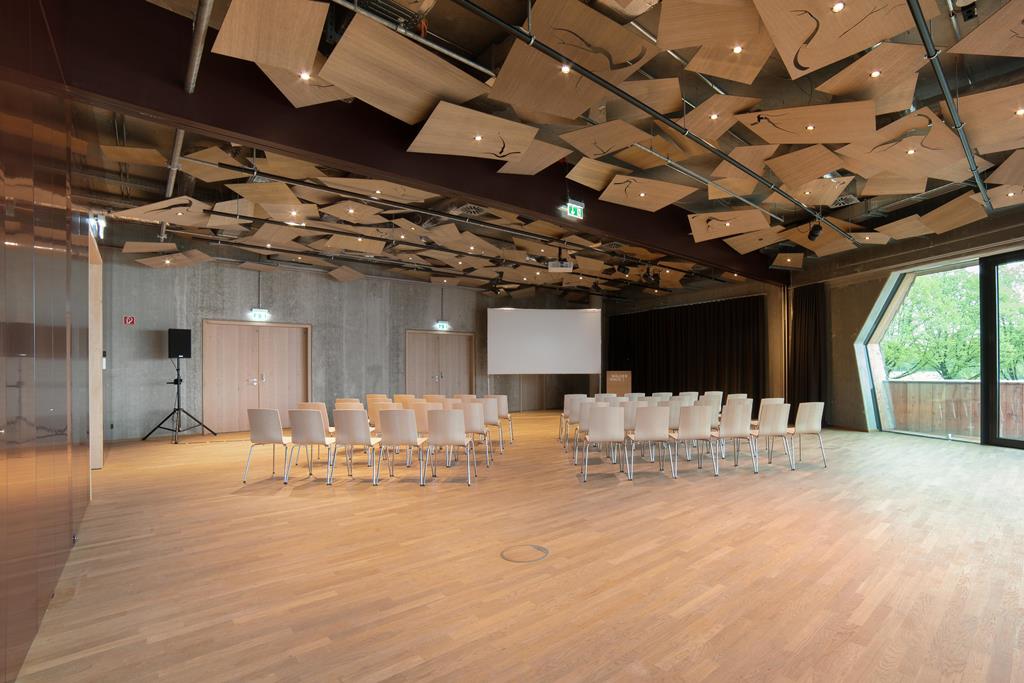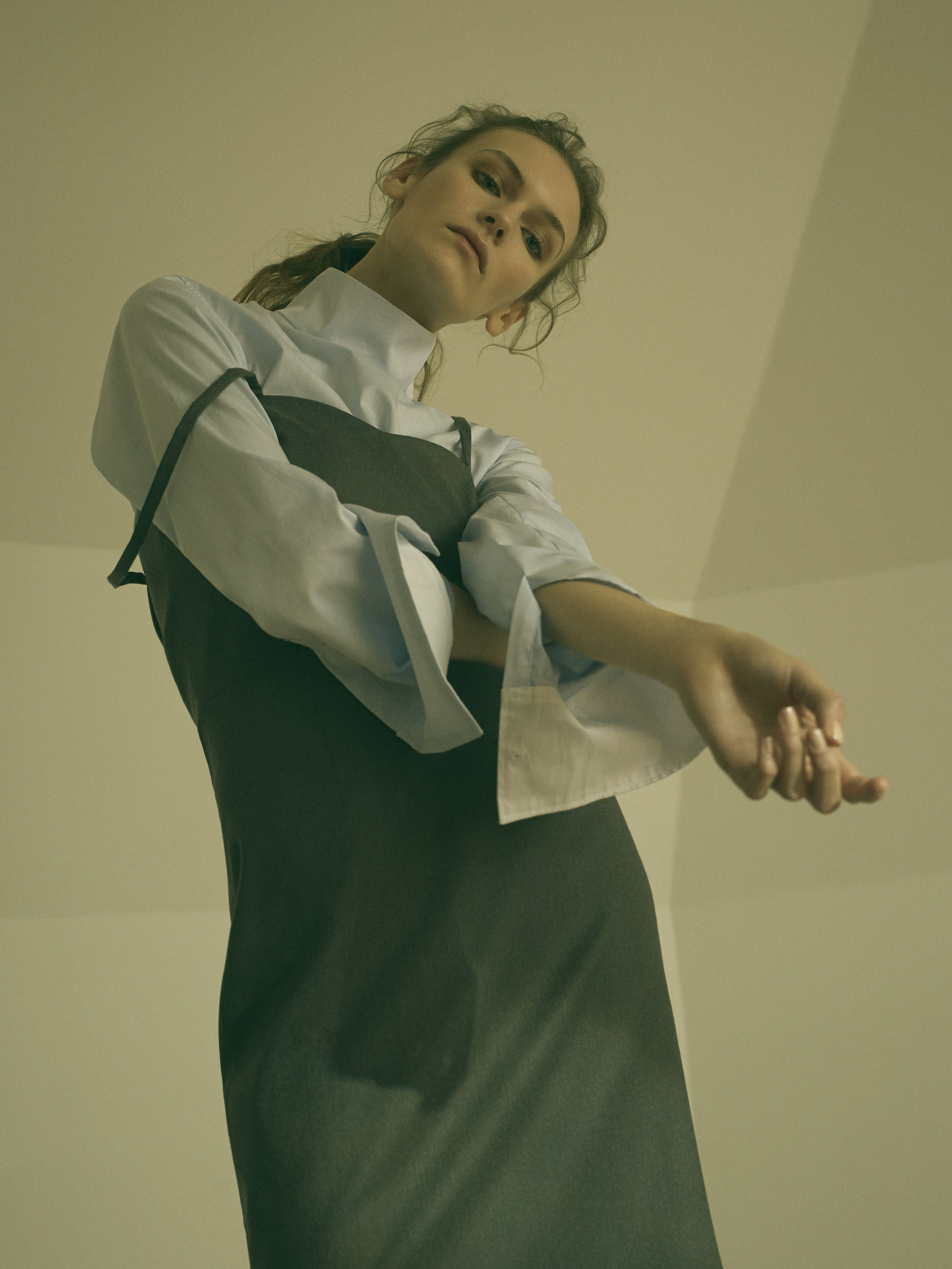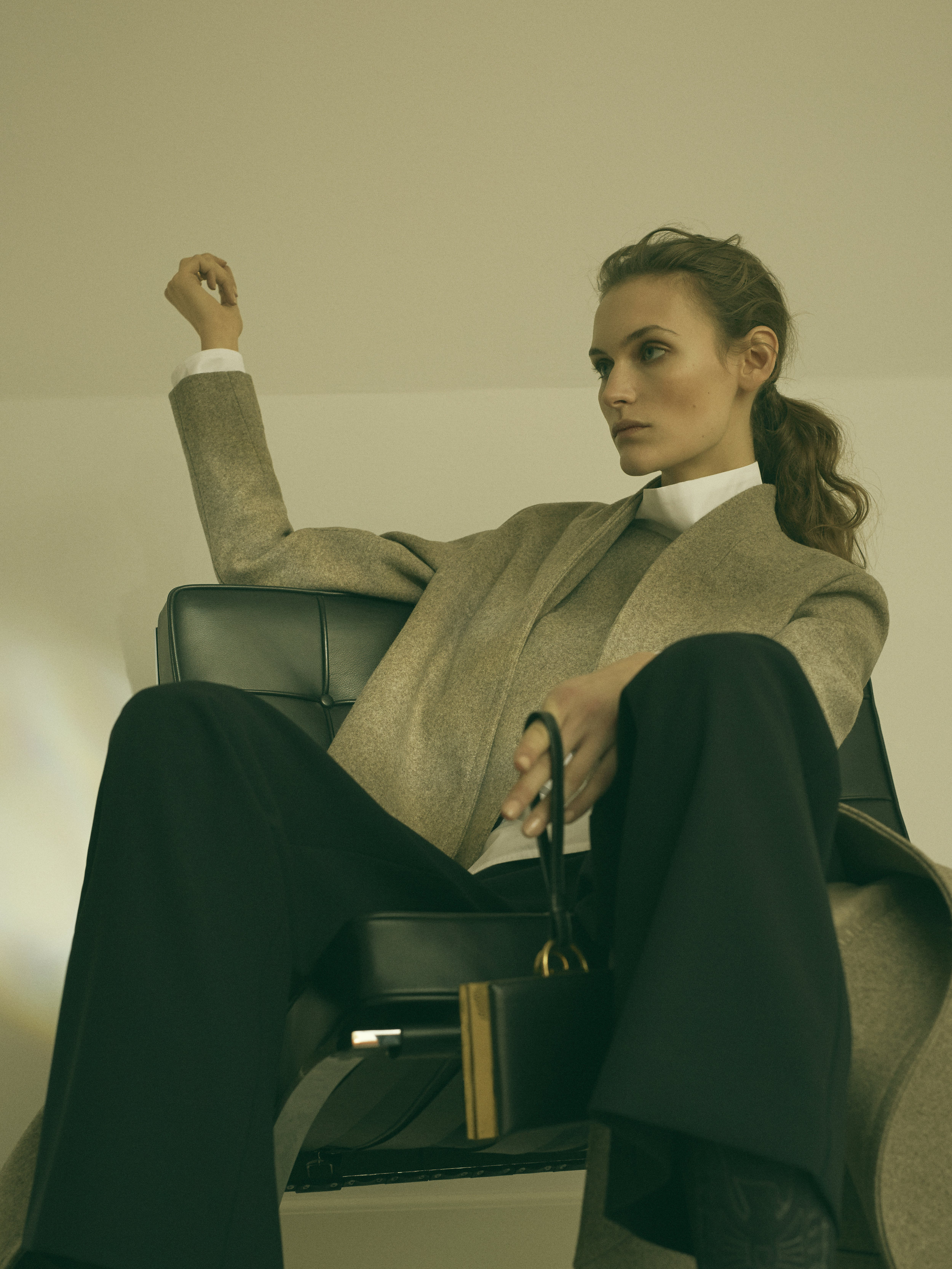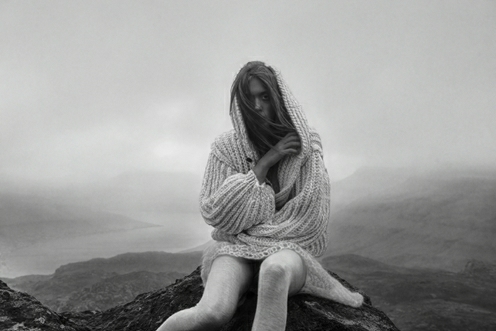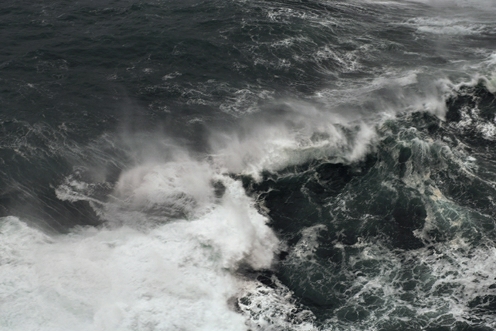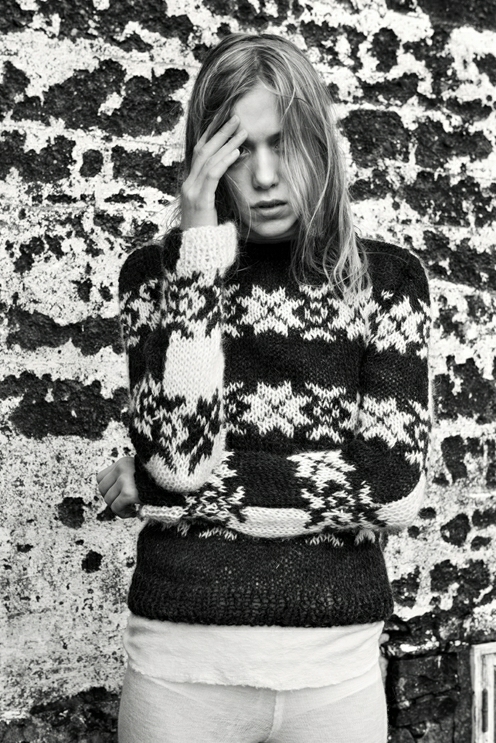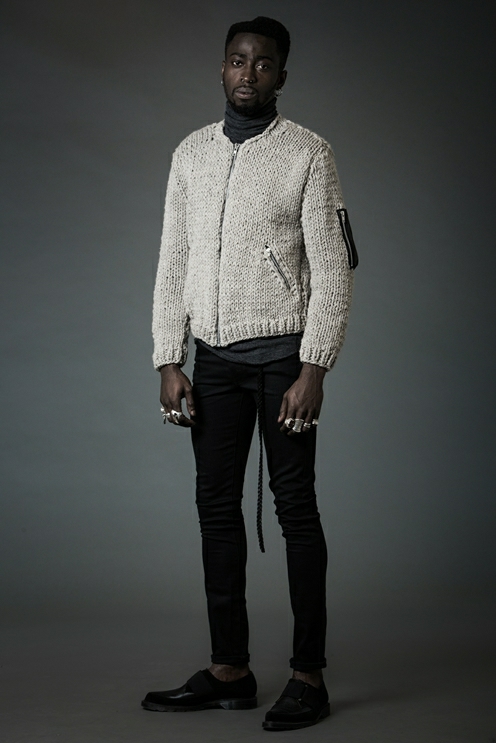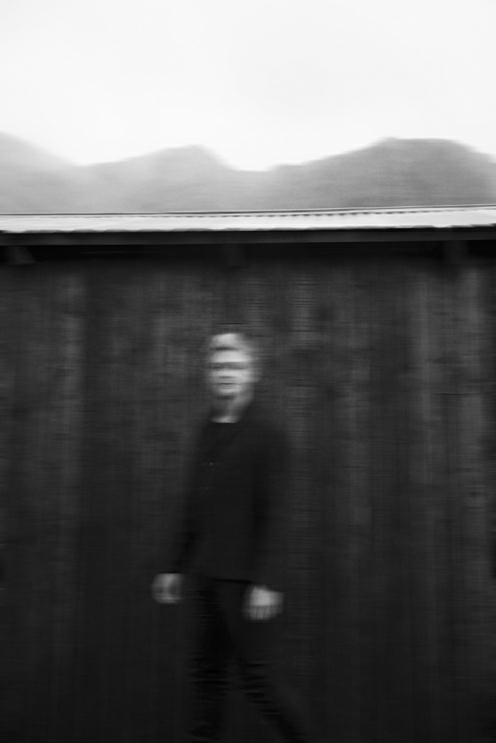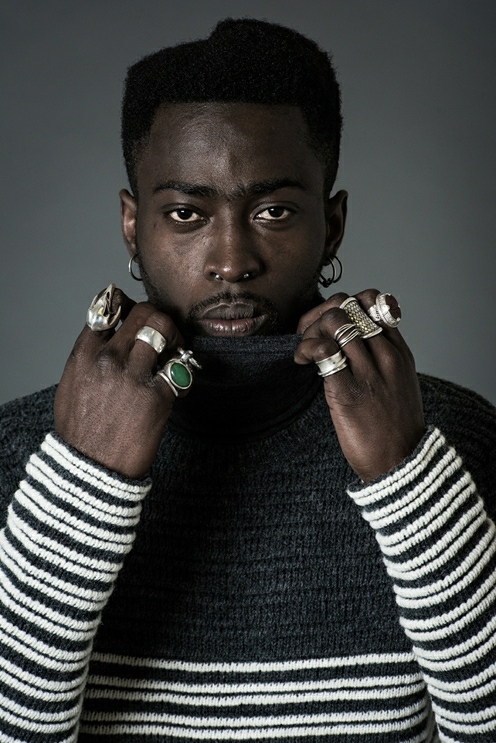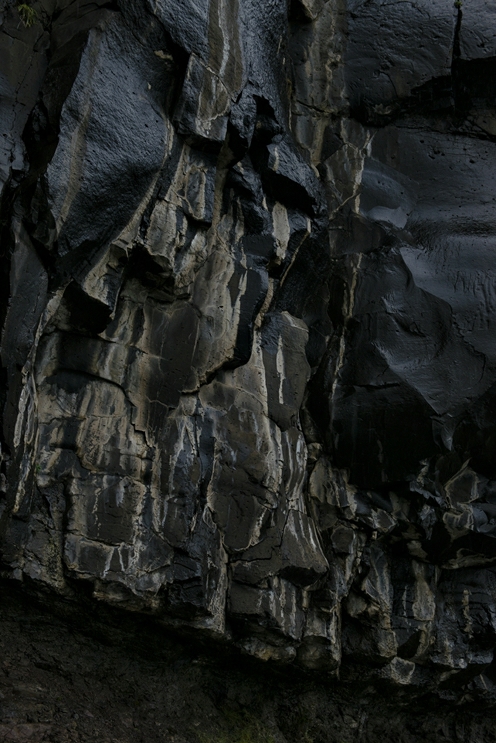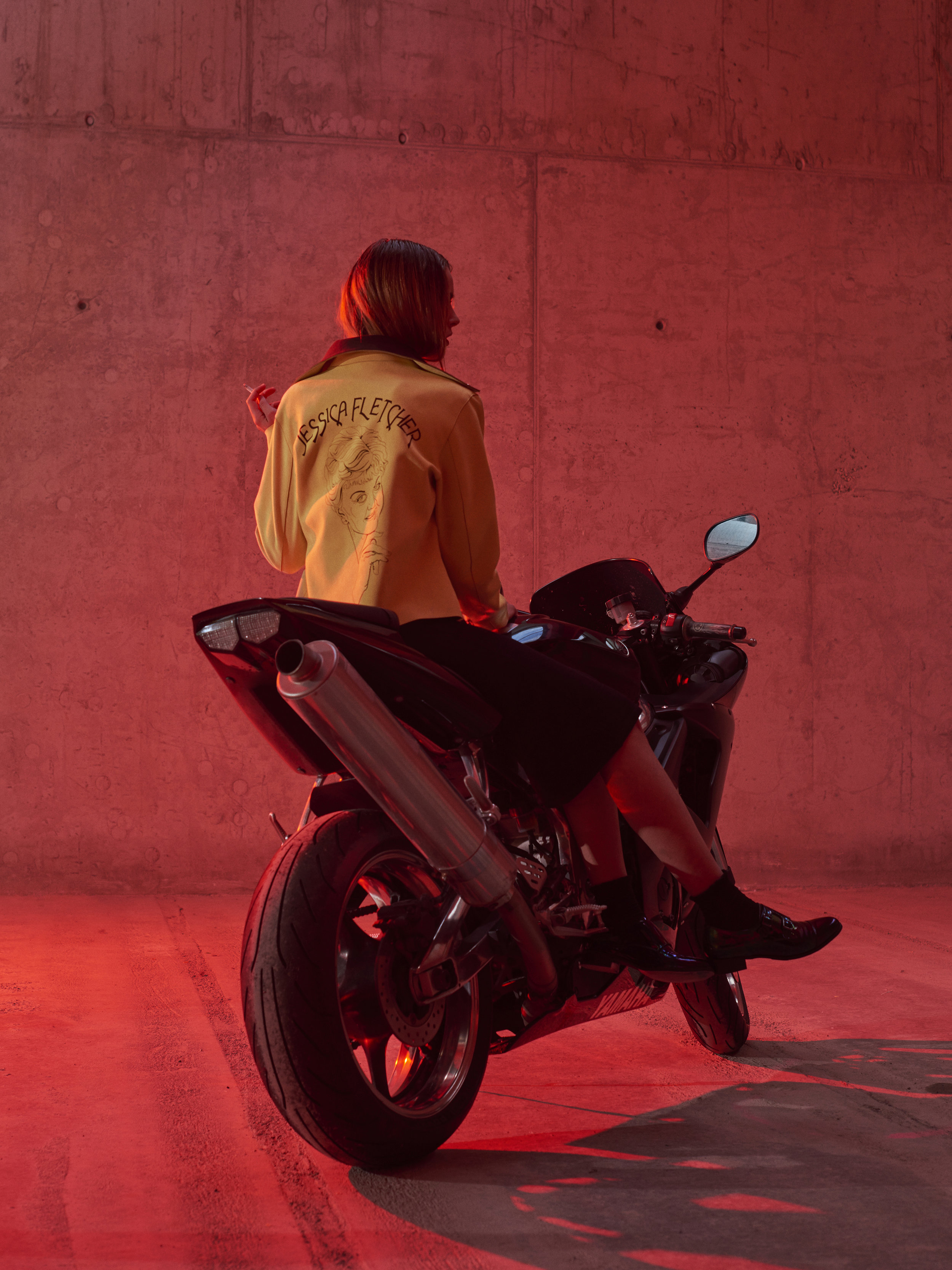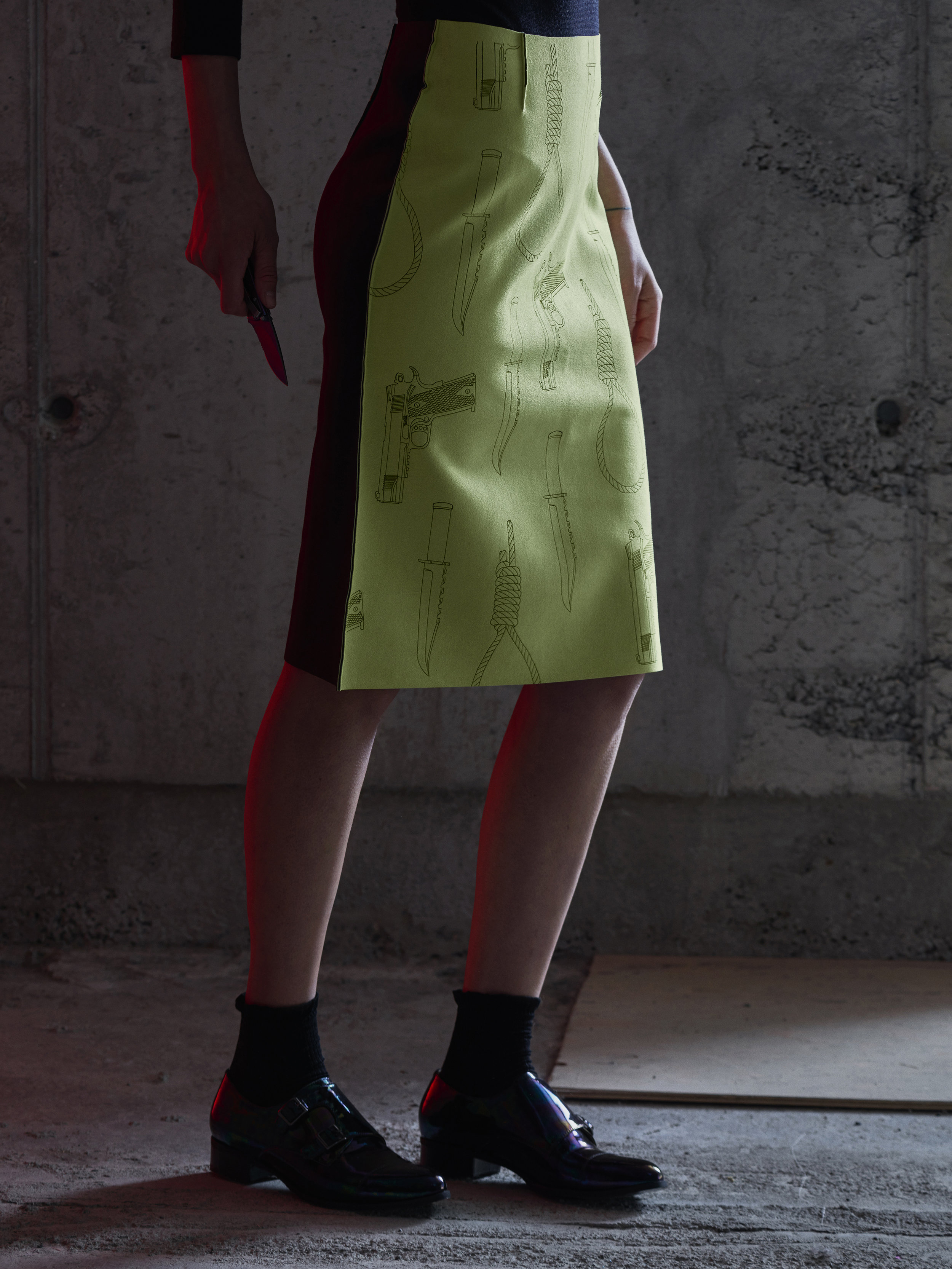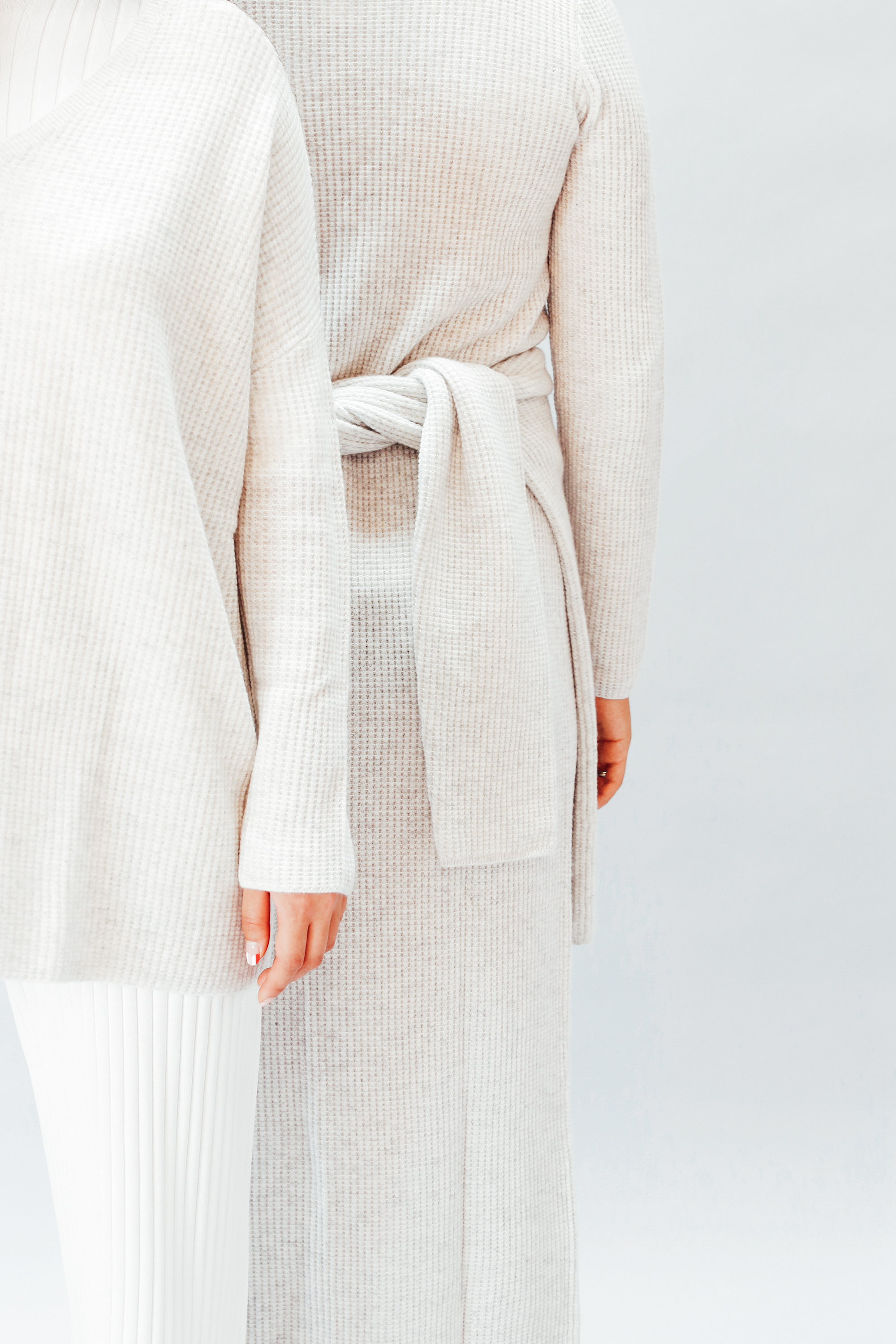Duvet Days is an engaging storytelling platform and community enveloping captivating visual language to bring together victims of violence and guide their path towards the healing process. Savant had a chat with Jenna Wiebe, graphic designer and author of Duvet Days, on what it means to communicate emotional real-life stories through beautiful, curated visual imagery. In this zeitgeist of women's empowerment, by encouraging everyone's individual journey to self-acceptance and self-love, Duvet Days aims to break apart from all things taboo.
Duvet Days, 2016.
SAVANT MAGAZINE: What is Duvet Days in a nutshell? What's your mission and what inspired you to create Duvet Days, platform for fighting abuse and encouraging self-love?
DUVET DAYS: Duvet Days is for all the brave women out there who have been affected by rape, sexual assault and domestic abuse, who are on their journey to self-acceptance and self-love using my own experiences with these things as a tool to speak about these issues. I am a Graphic Designer, so I was inspired to use design — graphic design and photography — as an aid to communicate about abuse and promote self-love. I want women to know that these experiences do not define them, but instead are a part of their story and who they choose to become. [I created the platform] to let their experiences empower them and others, not define them.
Duvet Days, 2016.
Is there a personal story that links with starting the platform?
Yes, I am a survivor of rape, sexual assault, and domestic abuse — all by different men that were in my life throughout all of my 20s.
Considering the cultural climate we live in, do you feel speaking of violence against women is still a taboo in our society? How does your project encourage women to speak out?
I think culturally, from a North American standpoint, we have come a long way with speaking openly about violence against women, but we still have a long way to go, especially in other parts of the world. I am fortunate to live in North America, where we have the freedom to speak. I do think that it is still taboo to talk about violence against women to some degree, as it isn’t an easy topic for many to hear or see, and there is a lot of judgment and shaming that goes along with it. I believe my project helps others not feel afraid to speak out and that they are not alone. I try my best to not filter my own personal experiences in my posts, so that others have the courage to not be afraid to share their own stories, opinions and experiences. Creating a space for people to feel heard, understood, supported, loved, and inspired is so important for the survivor community. The more people speak out, the less it will be taboo.
"I want women to know that these experiences do not define them, but instead are a part of their story and who they choose to become."
Duvet Days, 2016.
Duvet Days, 2016.
How is the visual language you use helping to convey the message?
Before I started Duvet Days, I had done a lot of research trying to find something that was for survivors that were in the healing process, and found it difficult to find anything that was done in a visually pleasing way. Everything I came across was very clinical, or more on the extreme activist side. I think both of these approaches have a place and are needed, but I personally felt there was a missing piece. I think there is a time and place for explicit and in-your-face imagery to convey these messages, but I also think that using visual language, like I do with Duvet Days, connects people in a different way to these topics and gets in front of a different audience. It helps people visualise or feel what others possibly feel from abuse. Words are powerful, but photography also plays a big role in evoking emotions which help people connect on another level.
Who are the ones that benefit the most from your community? How have the audiences reacted so far?
Survivors of either sexual or domestic abuse. I think the most prominent feedback I get on a regular basis is that survivors are happy to know they aren’t alone in feeling the everlasting effects of rape, sexual assault and/or domestic abuse, and that they are not wrong for feeling these things. I also have had great feedback from men, who have thanked me for helping bring awareness to these topics though my own experiences, as many men have lost their mothers, sisters, and daughters to the hands of an abuser. I think if people can see how these events cause everlasting effects in a more relatable way, it helps others become more mindful and hopefully become an advocate for others and these issues.
"Words are powerful, but photography also plays a big role in evoking emotions which help people connect on another level."
Duvet Days, 2016.
Duvet Days, 2016.
What are the most touching stories you have heard in the months involved in the project?
I communicate regularly with so many amazing survivors with equally incredible stories, but out of the privacy of these individuals I cannot share these stories due to the sensitive nature and their consent.
"Creating a space for people to feel heard, understood, supported, loved, and inspired is so important for the survivor community. The more people speak out, the less it will be taboo."
Duvet Days, 2016.
Duvet Days, 2016.
"I think there is a lack of dialogue that is happening with the everlasting effects of sexual and domestic abuse for survivors. People are expected to just somehow go back to the way they were before all these violent acts, but in reality, it isn’t that simple."
Why do communities, such as Duvet Days, need to gain more visibility?
We need more visibility to help reach other survivors and for survivors to not be afraid or ashamed of their experiences. I think there is a lack of dialogue that is happening with the everlasting effects of sexual and domestic abuse for survivors. People are expected to just somehow go back to the way they were before all these violent acts, but in reality, it isn’t that simple. Survivors need to be a part of the change and to let their experience empower them and not define them. The more survivors speak out, the less abusers can hide and be protected and enabled by others. Yes, there will be judgements and shaming from some, but overall there is an overwhelming amount of support, love, and kindness that stretches all around the world. This project has given me a new hope in humanity. The love that I have received has outweighed by far any hate that has been directed at Duvet Days or me personally.
Thank you to DUVET DAYS for sharing their experience!
You can follow and engage here: https://www.instagram.com/duvet_days/













